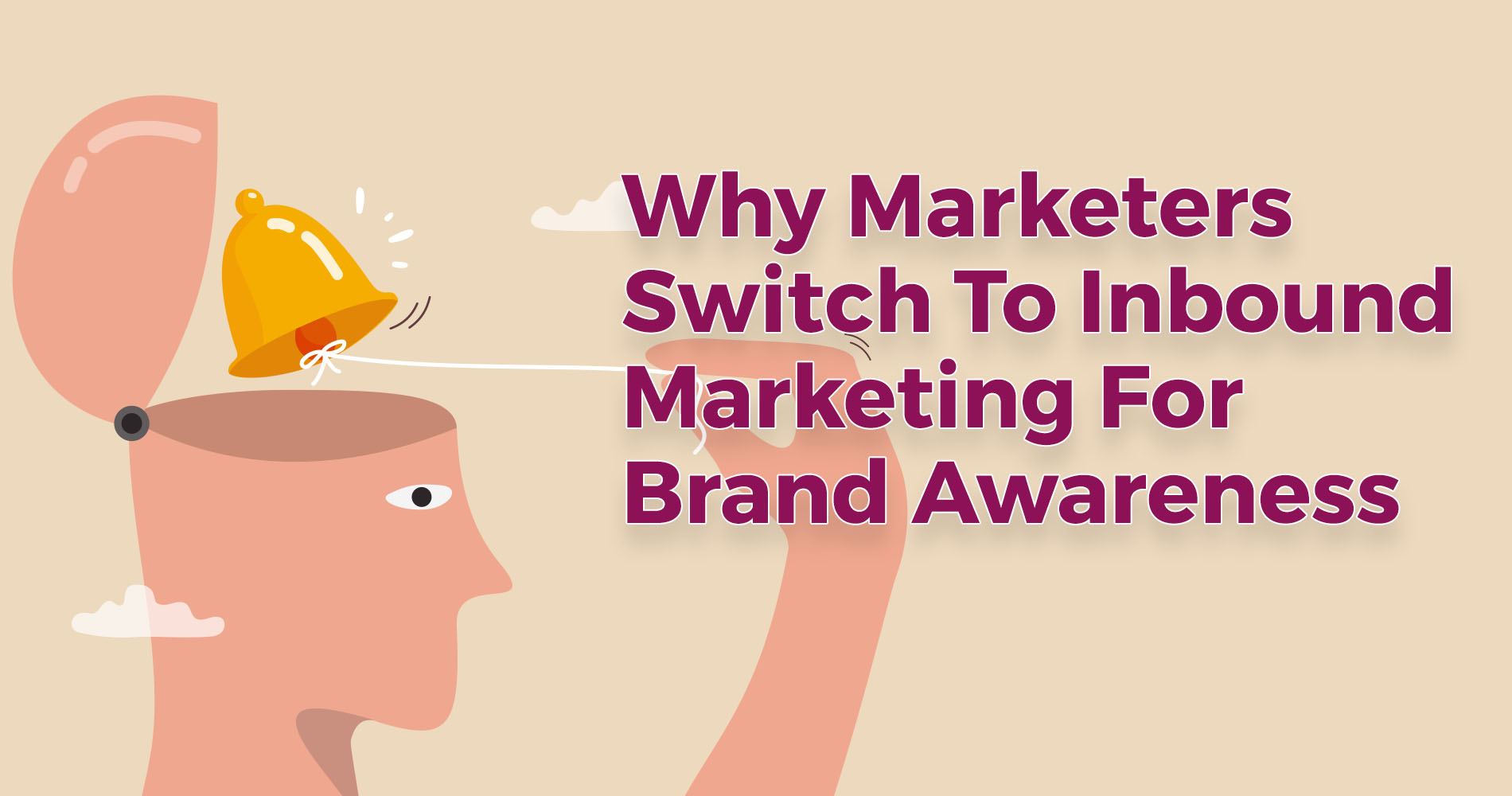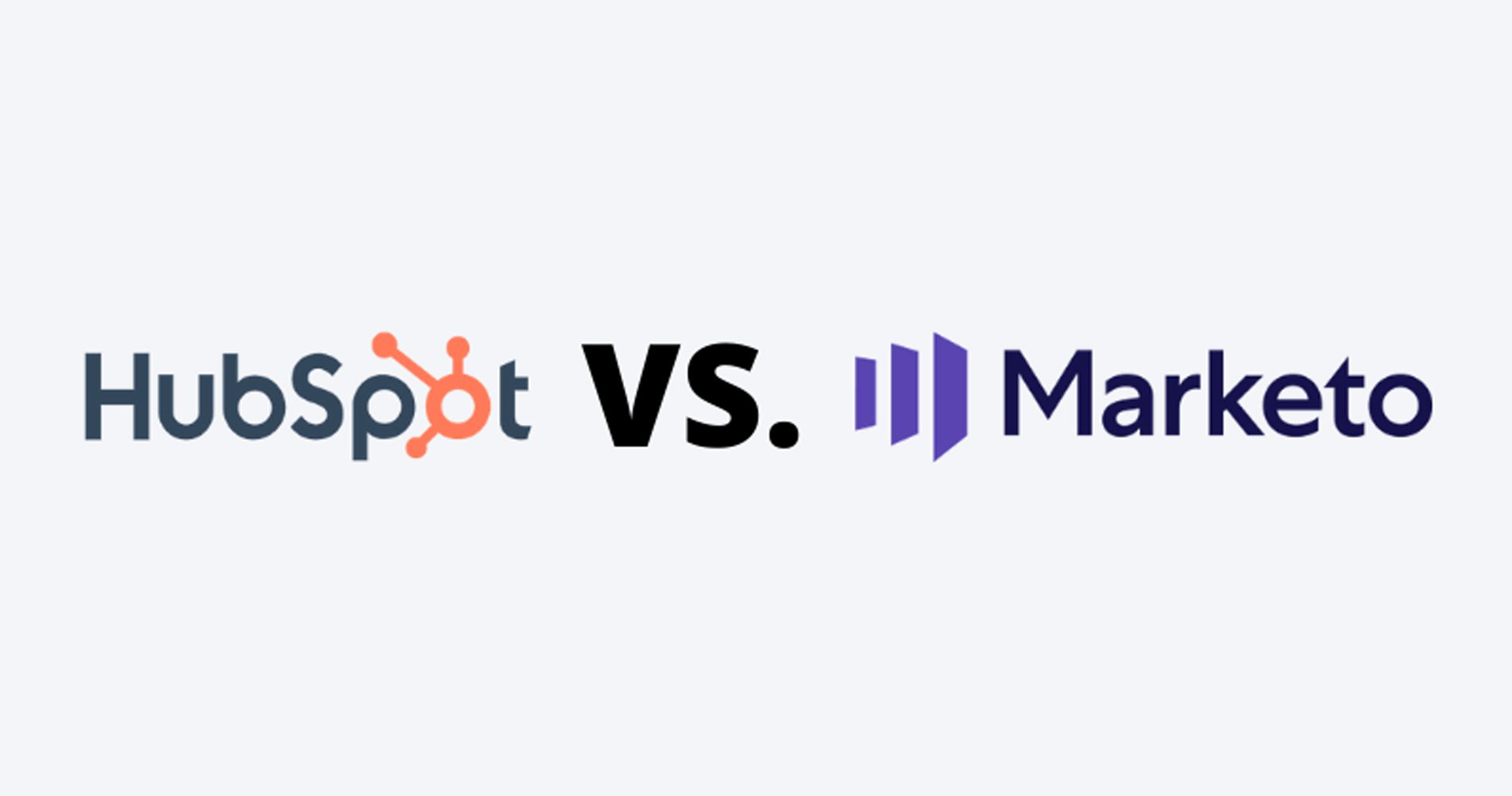Inbound Marketing Strategy. As in Inbound sales, marketing and service. Another buzzword, or a fundamental shift in the way your consumers buy from your brand? Actually it's both!
What is inbound marketing? There is a simple way to understand what. Think of it in the context of the ‘old’ way of marketing and selling, which we can call outbound, and the way the internet and shopping has changed the way we do business today.
We used to approach marketing by shouting as loud as we could to as many people as possible. Its lead to that horrible term ‘spamming’. That is sending out a lot of messages that no one has particularly asked for, or indeed, has any interest in.
We could ‘spam’ people by radio, TV and press. But it soon became de rigueur to spam with electronic media too. Emails, display ads, pop ups etc. All designed to ‘interrupt’ us in our daily tasks and draw attention to our commercial message.
There is only one problem with this approach. Its doesn't work anymore.
As you’ll know if your marketing is reaching fewer people, and converting fewer leads, and basically selling less than it used to - or costing more to get to the same point you used to.
Interruption marketing is very much on the back foot these days, with the latest changes to data protection aimed at reducing the amount of spam we get delivered to our inboxes, messaging apps and texts.
It seems the only way to reach anyone is to pay even more money to Google and Facebook to catch the eye of their users. But you’ll know if you do that, it doesn't guarantee that you’ll get the clicks you need to sell the products and services you are selling. And something still feels a bit icky about programmatic and search campaigns that pop up all over the web and follow us about, interrupting our well earned down time.
The antidote to this interruption marketing, is something called ‘permission’ marketing. In simple terms talking to the customers and potential customers only when they give you permission to do so. This is not to be confused with gaining ‘opt in’ permission for email marketing, though it is related.
This is more to do with the fact that something like 90% of all purchase are now instigated through an online search, which is why ‘spamming’ people with search and programmatic ads has some, albeit a low percentage conversion effect.
When someone is searching for information about your product, and you supply them the information they are looking for, that's a very powerful marketing position to take. And is the total opposite of supplying information about your product to people who probably currently have no interest in it whatsoever. A potentially damaging activity, I think you’ll agree.
Inbound Marketing Strategy
So how do we take advantage of these people who are already thinking about buying from us and looking to come directly ‘in’ to our business to find out more about us and our product? ‘Inbound’ marketing strategy is the answer.
Inbound has a wider view of the customer than ‘interruption’ or ‘outbound’ marketing. Outbound tends to focus on the ‘bottom of the funnel. That is people who are ready to buy. But it doesn't discern who those people might be, and so ‘spams’ everyone in the hope that some of the messaging might stick.
Inbound Marketing Strategy on the other hand, pays attention to the ‘top’ and ‘middle’ of the funnel too. Making your ‘bottom’ of the funnel activity a whole lot more powerful.
In the ‘top’ of the funnel people are probably looking for a solution to a problem they have, but they might not yet know what that solution looks like, or even be able to put a finger on exactly what the problem is.
In the ‘middle’ of the funnel, people are now more aware of that's going on and what they need to do about it. They are in fact probably starting to pare down the options to a short list before deciding what to buy and who to buy it from.
The ‘bottom’ of the funnel as we’ve discussed, is where the purchase decision is actually made.
So as opposed to just spamming everyone in the hope we can actually catch them at the right time when they have already made the decision to buy, we can take a much more considered view and actually help them through the whole process.
Solve your customers problems
We can help them to understand the problems they face and the potential solutions to those problems, and help them understand the various options they have when it comes to buying a solution to that problem.
Having then been as helpful as possible, it's easy to see why that person would stay with us throughout the whole process and even be more inclined to purchase from us when the time is right to do so. Or more cynically, we can stay in touch with that person through the whole of the journey from unawareness to awareness, consideration and decision making. Again, making a purchase from us much more likely.
It’s time you stopped shouting at everyone with your marketing and got serious about helping your customers with their problems. The only way to survive in today's brutal search and review driven marketplace is to take the principles of permission marketing and Inbound methodologies to heart and start to have conversations with your clients. When they want them and in the way they want them.
Tony Dowling is a 30 year marketing veteran who has co founded the only specialist Inbound Agency in Wales. Get in touch with Real Inbound today for your free assessment and begin the journey.





